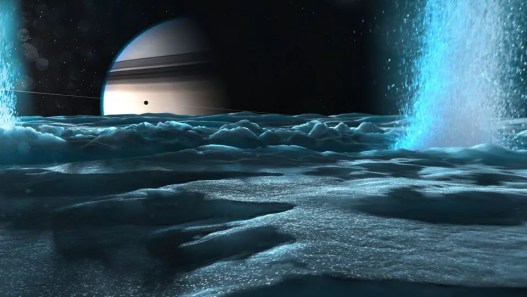Forget about feeling like there aren’t enough hours in the day – technically, you might actually be right! Earth has been pulling off an impressive feat lately: spinning faster than it has in decades, literally shortening our days by tiny but measurable amounts. And if you’ve been wondering why 2025 feels like it’s flying by, science might just have your answer.
On July 10, 2025, our planet recorded one of the shortest days in modern history, clocking in at a whopping 1.36 milliseconds shorter than the standard 24-hour period. To put that in perspective, you’d need to blink about 74 times to equal that difference – but hey, every millisecond counts when you’re a spinning rock hurtling through space.
When Atomic Clocks Become Drama Queens
The only reason we even know about these microscopic time shifts is thanks to atomic clocks, those incredibly precise timekeepers that make your smartphone’s clock look like a sundial. These scientific marvels, introduced in the 1950s, can detect variations so small they make a hummingbird’s heartbeat seem leisurely.
Since 2020, Earth has been consistently breaking its own speed records. The previous champion was July 5, 2024, when our planet shaved off 1.66 milliseconds – the shortest day ever recorded. But 2025 isn’t backing down from the competition, with July 9 hitting 1.34 milliseconds shorter than normal, and July 22 expected to clock in at 1.34 milliseconds short as well.
The Moon: Earth’s Cosmic Personal Trainer
So what’s causing our planet to suddenly develop a case of the speed wobbles? The main culprit is actually our faithful companion, the Moon. Think of it as Earth’s personal trainer, but instead of making us run faster, it’s affecting how fast we spin.
The Moon’s gravitational pull doesn’t just create ocean tides – it also influences Earth’s rotation in complex ways. When the Moon reaches its maximum distance from Earth’s equator, it creates an off-center gravitational pull that changes our planet’s wobble, leading to a measurable increase in rotational speed.
“Nobody expected this,” admits Leonid Zotov, a leading authority on Earth’s rotation at Moscow State University. “The cause of this acceleration is not explained.”
More Than Just Lunar Influence
While the Moon plays the starring role in these short-term speed changes, it’s not the only factor at play. Earth’s rotation is influenced by a complex mix of forces that would make even a physics professor’s head spin:
Seasonal atmospheric changes play a significant part. During summer months, movements in the jet stream and other atmospheric patterns affect the planet’s rotation. Since the overall momentum of Earth and its atmosphere must remain constant, when the atmosphere slows down in certain areas, the solid Earth compensates by speeding up slightly.
Climate change is also joining the party. NASA researchers have calculated that between 2000 and 2018, melting glaciers and groundwater redistribution have actually increased the length of days by 1.33 milliseconds per century. It’s like a cosmic tug-of-war between natural acceleration and human-induced deceleration.
Even major earthquakes can affect our planet’s spin. The powerful 2011 earthquake in Japan actually shortened the day by 1.8 microseconds by redistributing Earth’s mass.
The Great Timekeeping Dilemma
Here’s where things get interesting from a technological standpoint. Since 1972, scientists have occasionally added “leap seconds” to Coordinated Universal Time (UTC) to keep our clocks in sync with Earth’s actual rotation. Twenty-seven leap seconds have been added over the decades, but none since 2016 – coincidentally, right around when Earth started its current speed-up phase.
Now, for the first time in history, we might need to do the opposite: remove a second from our official time. Duncan Agnew, a geophysicist studying this phenomenon, estimates there’s about a 40% chance we’ll need this unprecedented “negative leap second” before 2035.
“There has never been a negative leap second,” Agnew notes, “but the likelihood of one occurring before 2035 is about 40%.”
Why This Matters More Than You Think
Before you start planning your day around those extra milliseconds, remember that these changes are imperceptible to human experience. You won’t feel any different, and your regular clocks will continue ticking normally. However, these tiny variations can have significant implications for technology over time, potentially affecting computers, satellites, and communication systems that rely on precise timing.
Some experts warn this situation could mirror the Y2K crisis, creating potential challenges for our increasingly connected digital world.
Looking Ahead
As we continue through 2025, scientists predict more record-breaking short days, particularly around August 5. Whether Earth will maintain this accelerated pace or eventually return to its more leisurely rotation remains one of the planet’s most intriguing mysteries.
Dr. Zotov believes we may have reached the minimum day length: “Sooner or later, Earth will decelerate.” Until then, we’re all passengers on the fastest-spinning Earth in recorded history – even if we can’t feel the ride.
So the next time someone tells you there aren’t enough hours in the day, you can scientifically confirm they’re absolutely right – by about 1.3 milliseconds, anyway.















